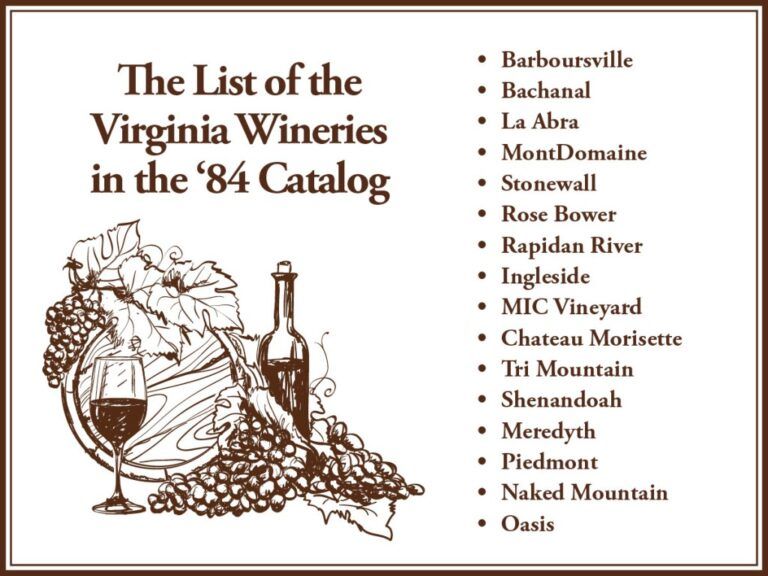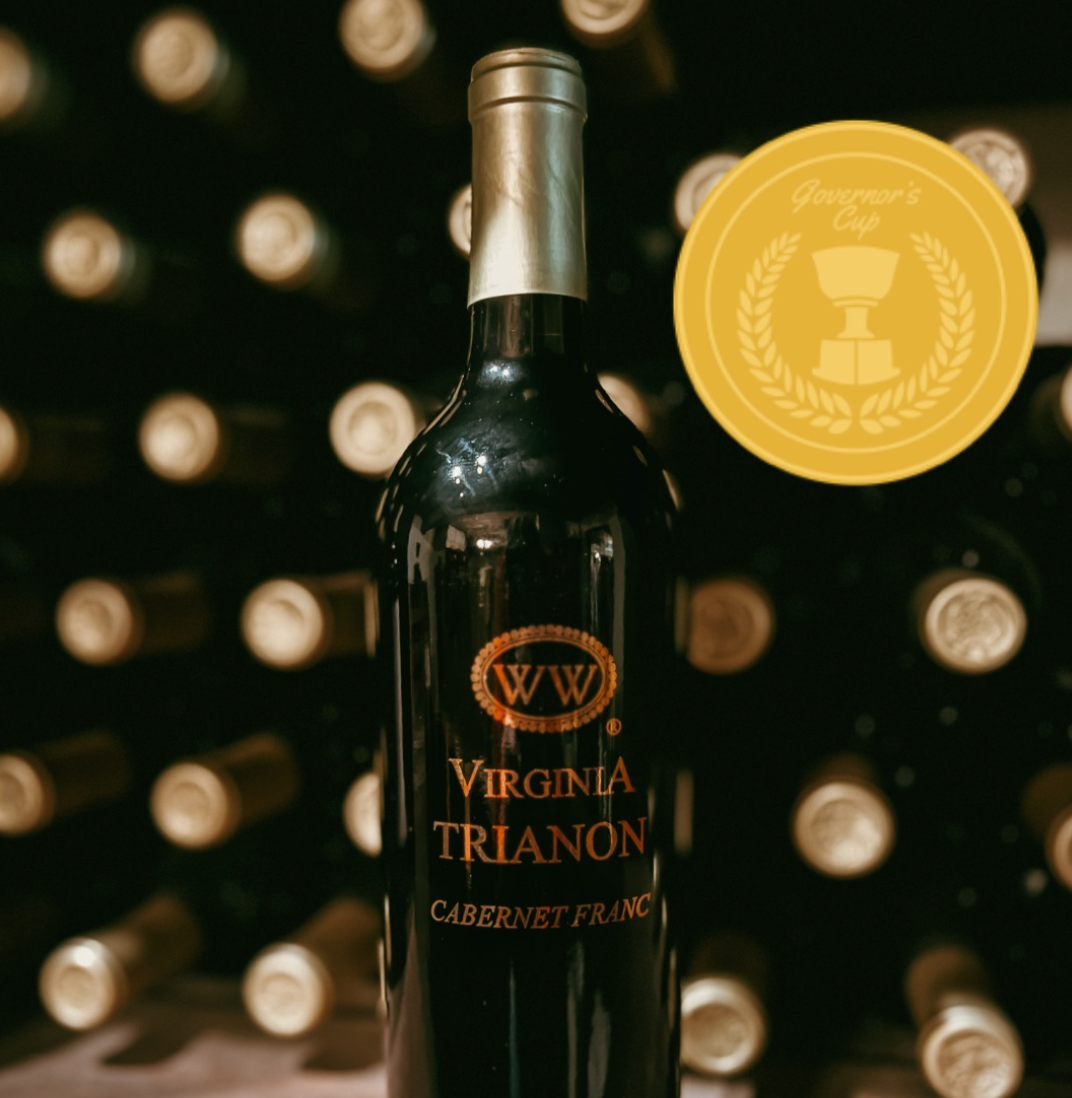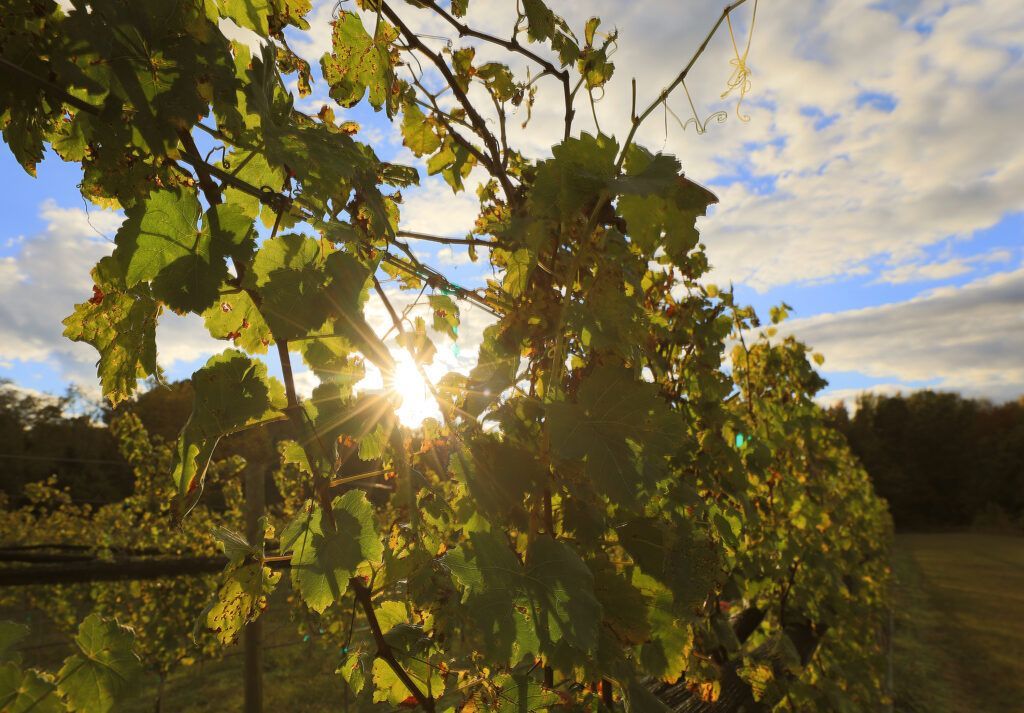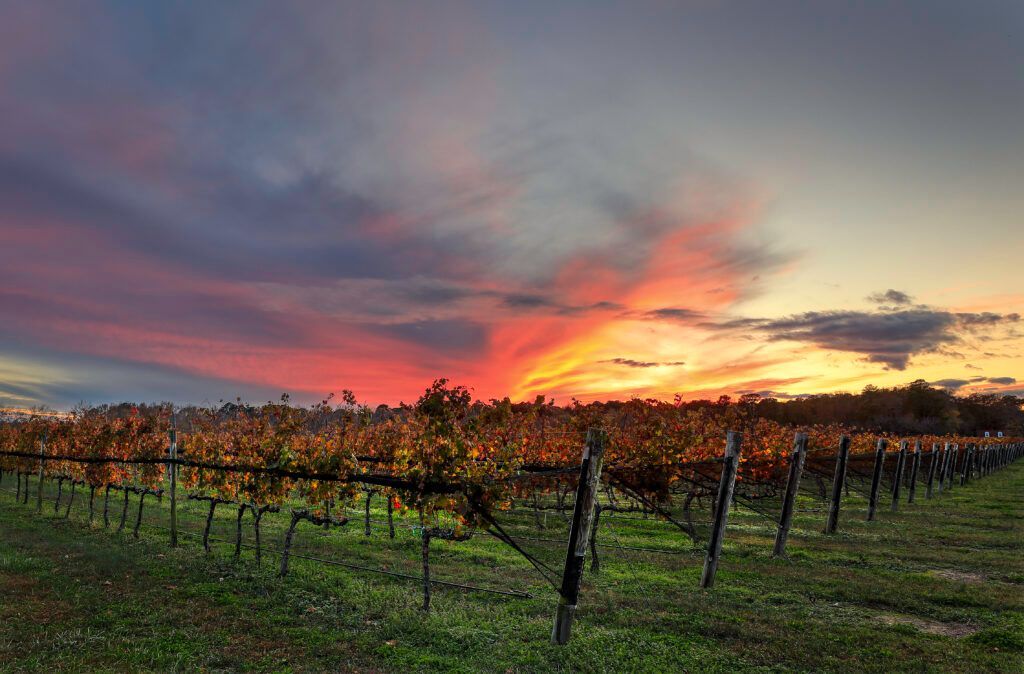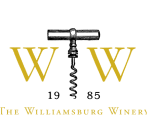Part 7: A Visit to Virginia Wineries. Barboursville, Rapidan & Ingleside
We had now been in Virginia for almost one year.
The old house had received quite a facelift. The new house was in construction. Our containers of furnishings had arrived from Spain and Geneva. The Mercedes 6.3 SEL was happily sleeping in the garage. We had met with the viticultural specialists of VA Tech. We had asked Lucie Morton, a well connected and knowledgeable viticultural expert, to give us her point of view on the “terroir” based on both climatology and the soil characteristics.
We had defined that we would begin our planting with the goal of making a Loire Valley type wine, a fresh, light white. I always loved Sancerre as an aperitif wine. It is refreshing; it is light, dry and fruity. Sancerre is very different from the Muscadet of the Loire Valley right on the Atlantic Coast which is the quintessential wine to drink with fresh oysters exhibiting much sharper acidity. Sancerre, on the other hand, is far more gentle; that was the flavor profile target.
Now was the time to go visit the various wineries that operated then in VA and taste the products, look at their vineyards (particularly trellising and canopy management) look at the facilities and the equipment and begin to evaluate how they projected themselves to the wine consumer.
So, in May, we took the old Mercedes that we brought from Europe, drove to Charlottesville and arrived at Barboursville. At that time, they still had a cattle operation and their facilities were far less expansive than what they offer now. The manager was a very pleasant Sr. Rossi who was happy to share his experience with a visitor who could get along in Italian. We tasted the wines, discussed the then emerging interest in wines and the alleged frailties of some of the wines being offered by other wineries.
The Farm Winery Act was passed in 1971 under the impetus of Archie Smith, Sr. who then began Meredith Vineyard. Following his footsteps, a number of individuals, mostly retired foreign service officers, had wanted to bring a bit of their European lifestyle to Virginia and planted vineyards.
Next on stopping list was Rapidan which was then owned by a German dentist and had been operated by Jochem Hollerith, a Geisenheim Wine Institute graduate who had departed to launch the Prince Michel Winery, a very substantial project funded by a M. Leducq who had built a sizeable fortune in the servicing of bathroom linens in France. The general manager at that time was Steve Warner, a Californian with academic background from Fresno. Again, we tasted the wines and visited the facilities.
We were within a few miles of the Prince Michel project and so we identified the place where site work had begun on the edge of Route 29.
Driving towards the Northern Neck, we arrived at Ingleside and were greeted warmly by Jacques Recht, a Belgian who had worked as key wine buyer for Delhaize Le Lion, the Belgian supermarket company that had established its reputation on its excellent selection of wines. (Delhaize is the parent company of Food Lion.) Jacques had been encouraged by his employer to attend the Montpellier University course in winemaking. He and his wife Liliane were most charming.
They had crossed the Atlantic on their sailboat and arrived in VA. They settled and met the Flemer family who owned the Ingleside Plantation, a large nursery that had begun a small winery operation. Jacques joined them and made some pretty good wines. I was, however, surprised at his private vineyard that he had planted following the strict French regulation with respect to height of the trellis and canopy management.
On the way back home, we commented that the chardonnay from Barboursville tasted like an Italian Soave, the chardonnay from Rapidan tasted like a Rhine wine, whereas the chardonnay from Ingleside exhibited a French flair. Conclusion; the climate and the soil can produce good chardonnays. “Let’s make sure, we have the right winemaker and give him the right direction.”
Rob Bickford, a family friend from Upstate NY, who after living with us in France had participated in the harvest in Burgundy and decided to become a wine person suggested that we look at Mondomaine, another winery located close to Charlottesville owned by a group headed by Steve Bowles, a Pan Am 747 pilot, which had produced some particularly good chardonnays.
Another visit was made also to Oakencroft, the project of Felicia Warburg Rogan, a very dynamic personality married to John Rogan who had developed the Boar’s Head Inn, now an iconic hotel just outside Charlottesville.
Our backlog of information, documentation and mental notes was rapidly expanding.
On a totally different track, the operation of Fragrances Selective was also expanding. Impressed by a small brand that Myrurgia, the Spanish manufacturer that controlled the international network of distribution companies, I thought that the “Natural” line would strike a favorable echo in the US. It was launched and met with a very positive market response. It was phenomenally stimulating to feel the enthusiasm of the sales force and the results in terms of strong sales growth. I was torn about the decision on determining the timing of our next step which had to be my resigning my well-paying executive job and dedicating my time to the winery which I knew was not going to generate any cash for quite some time.
As the year was coming to an end, I was feeling a bit tense and impatient. The weekly commute to NYC and the monthly meetings in Europe or even in Puerto Rico and Mexico were, in many respects, very pleasant but were wearing me down. It was also leaving a hole in my life.
I was the man and the father who comes back late on Friday (maybe) and wants to get some needed rest and simultaneously drive the winery project forward. Peggy was a fabulous trooper. She loved the farm and quietly was telling me of the solitude that she was enjoying in the middle of the 300 acres and her pleasure at seeing Patrick II and Terence bloom with the spirit of freedom that they could experience growing up virtually without external restrictions on their early teenage years.
In NYC, my life consisted of down the elevator, cross the street, up the elevator, luncheon meetings, dinner meetings, no classical music (no turntable and no record collection in the apartment), no car (in NYC, you don’t need one and don’t want one), no Peggy. I subsequently termed it my “purgatory’ years.
The input on the financial characteristics of the US wine industry that we had received was clear. The illusion that a small five or six thousand cases winery could be profitable was a pipe dream, and realism determined that new elements were to be brought into consideration. The focus was then on how to finance the next steps including that of planting the vineyards and the construction of the winery. I had to extend the purgatory years.
There is no project in the world that I have known that is ever easy.
(To be continued)
G. Duffeler
Founder & CEO
